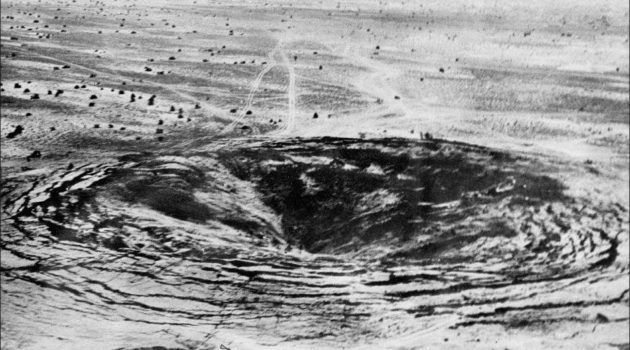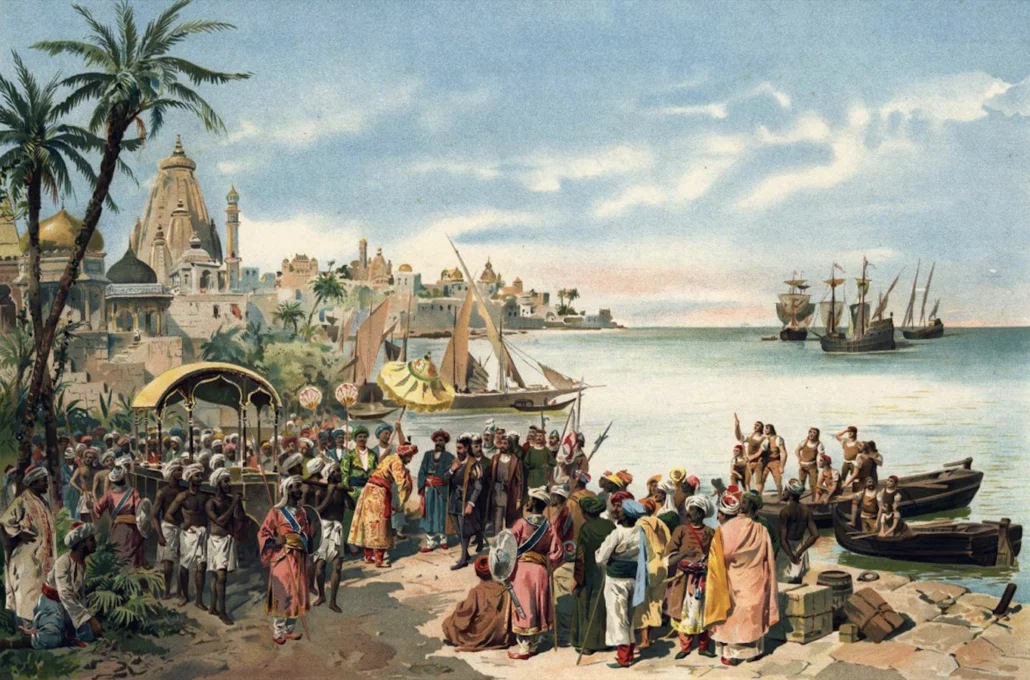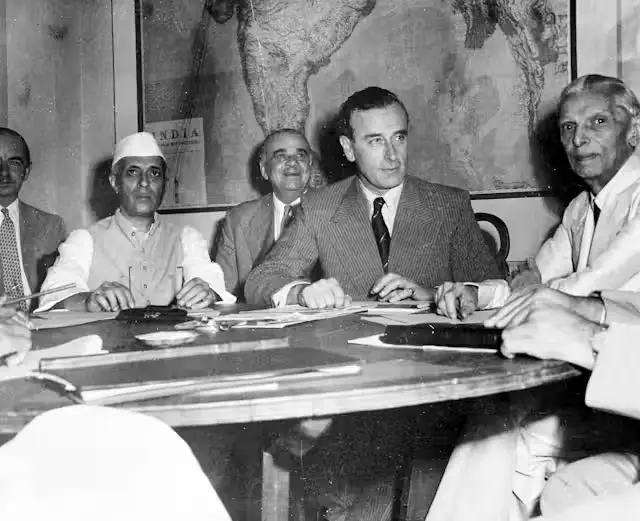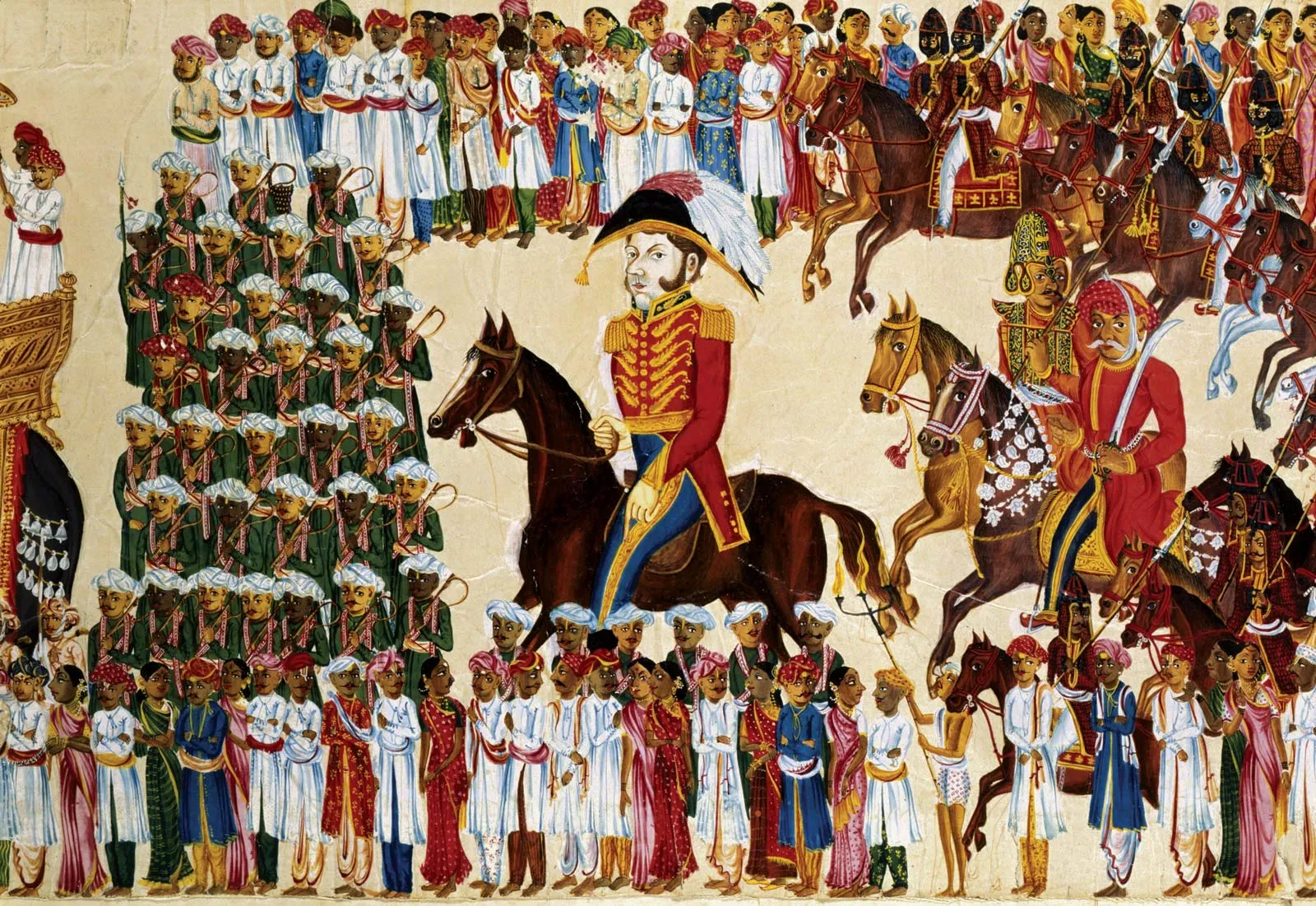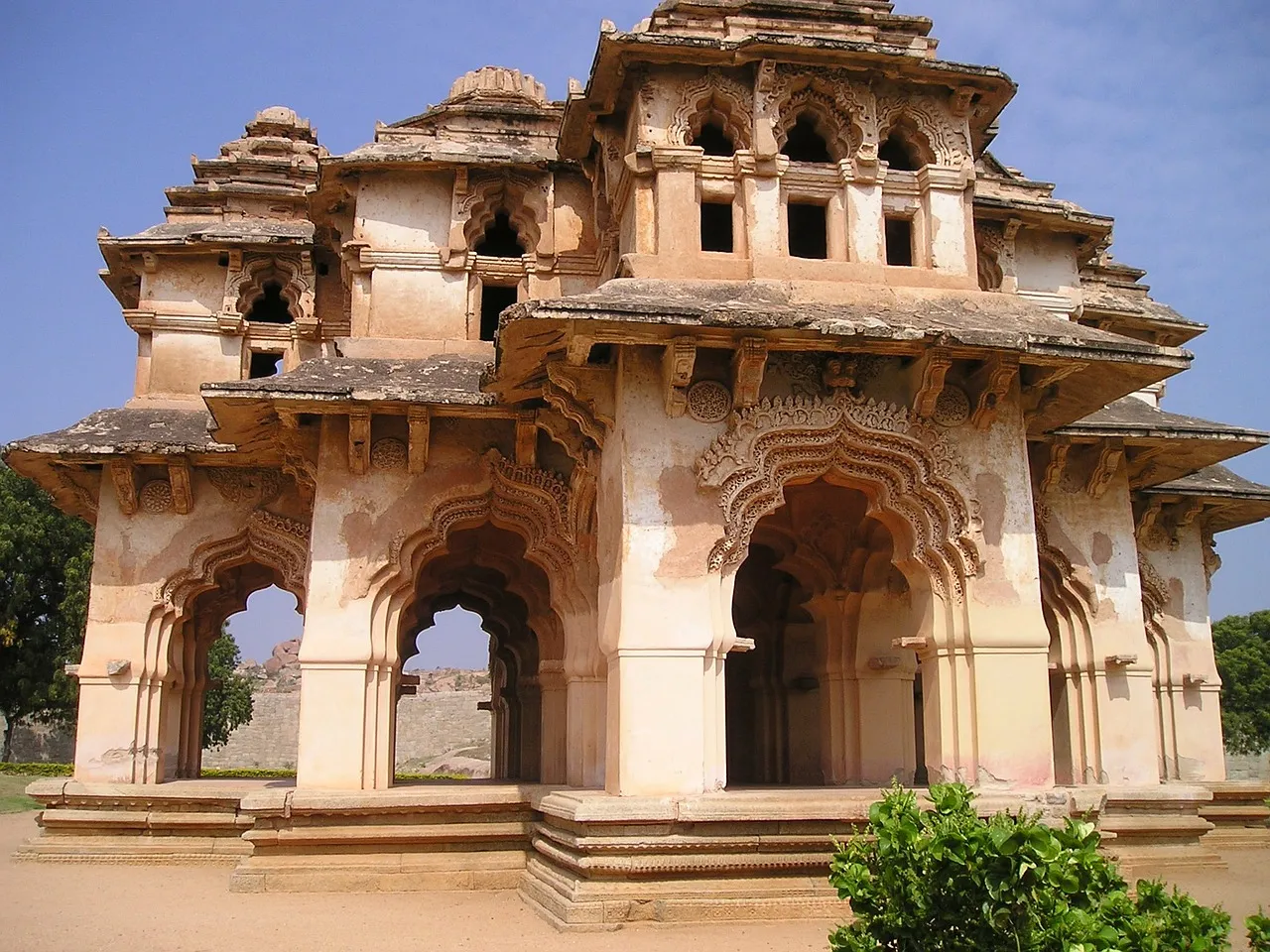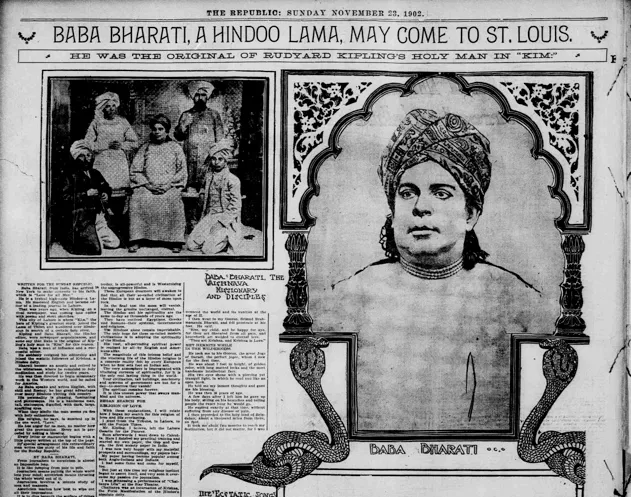In the vast expanse of the Pokhran, where the sands whisper secrets of history, India made the earth tremble—not once, but twice—announcing to the world that it had harnessed the power of the atom. India’s nuclear journey is not just about weapons or energy; it is a tale of scientific ambition, strategic defiance, and an unyielding quest for self-reliance. Born in the aftermath of colonial rule, India’s nuclear program was never merely about prestige—it was about survival, sovereignty, and securing a future where the country would never have to bow to external pressures. It is the story of a nation that refused to be sidelined, a nation that pursued nuclear technology on its own terms, defying international roadblocks and diplomatic isolation to carve its own path.
At the heart of this saga lies the vision of Dr. Homi Jehangir Bhabha, a pioneering physicist who, in the 1940s, foresaw a future where India could become a nuclear powerhouse. To achieve this, Bhabha spearheaded the establishment of the Atomic Energy Commission in 1948. His approach was strategic: India would develop nuclear technology primarily for peaceful energy purposes, but with the inherent capability to weaponize it if national security demanded. Unlike other nations that focused solely on uranium, Bhabha proposed a three-stage nuclear program that utilized India’s vast thorium reserves, ensuring long-term self-sufficiency .By 1956, India had commissioned APSARA, its first nuclear research reactor, marking the country’s entry into the nuclear age. The research infrastructure rapidly expanded with reactors like CIRUS, a heavy water-moderated reactor that played a key role in India’s later nuclear weapons program. Throughout the 1950s and 60s, India sought peaceful nuclear cooperation with several countries, including Canada and the United States, under the Atoms for Peace initiative. However, global politics soon took a turn that would shape India's nuclear policy for decades.
The 1960s were marked by geopolitical turmoil, particularly in India’s neighborhood. China’s successful nuclear test in 1964 changed the regional security calculus. India, which had pursued nuclear research for peaceful purposes, now had a clear reason to develop nuclear weapons. With tensions rising between India, China, and Pakistan, Prime Minister Indira Gandhi authorized the country’s first nuclear test. On May 18, 1974, India conducted "Smiling Buddha" at Pokhran, Rajasthan. The test was officially described as a "peaceful nuclear explosion," but the world saw it differently. India had become the sixth country to demonstrate nuclear capability, altering South Asia’s strategic landscape permanently. However, the test led to severe international backlash. After the test was conducted, the United States & Canada both severed nuclear assistance, claiming that India misused civilian nuclear technology for military purposes. The international community responded by forming the Nuclear Suppliers Group (NSG) in 1975, aimed at restricting nuclear technology access to non-NPT (Nuclear Non-Proliferation Treaty) countries. Despite these challenges, India refused to sign the NPT, arguing that it was discriminatory, as it divided the world into nuclear haves and have-nots. Instead, India chose the path of self-reliance, investing in indigenous research and development.
By the 1990s, India’s nuclear policy was driven by regional security concerns, particularly the growing nuclear capabilities of Pakistan and China. Pakistan had actively pursued nuclear weapons development since the 1970s, aided by China and clandestine networks. In 1998, under Prime Minister Atal Bihari Vajpayee, India decided to break its nuclear silence. Between May 11-13, 1998, India conducted a series of five nuclear tests under Operation Shakti at Pokhran, including thermonuclear and fission bomb tests. This bold move instantly transformed India’s global standing. India declared itself a nuclear weapons state, becoming the sixth country to openly possess nuclear weapons. Furthermore, the tests triggered immediate sanctions from the U.S., Japan, and several European nations.
In the early 2000s, as global perceptions of India evolved, the U.S. under President George W. Bush sought closer ties with India. This culminated in the 2008 U.S.-India Civil Nuclear Agreement, which was groundbreaking for several reasons – India was now allowed to access nuclear technology and fuel from global markets, despite not being a signatory of the NPT. It also enabled India’s entry into the international nuclear mainstream, lifting bans on nuclear trade imposed after Pokhran-I.
Moving to more contemporary times, India has increasingly shifted towards civilian nuclear energy development. Prime Minister Narendra Modi’s government has been actively expanding nuclear power capacity, aiming for 100 GW of nuclear power by 2040, cutting-edge thorium based reactors as part of India’s three-stage program, and partnerships with Russia, France, and the US to build more nuclear power plants.
India’s nuclear journey—from Homi Bhabha’s scientific vision to the Pokhran tests and the U.S.-India nuclear deal—is a testament to its resilience, independence, and strategic foresight. Today, India stands as a responsible nuclear power, committed to global non-proliferation norms while ensuring its energy and security needs are met. As the world looks toward nuclear energy as a sustainable solution for the future, India’s nuclear story is far from over—it's only just beginning.
